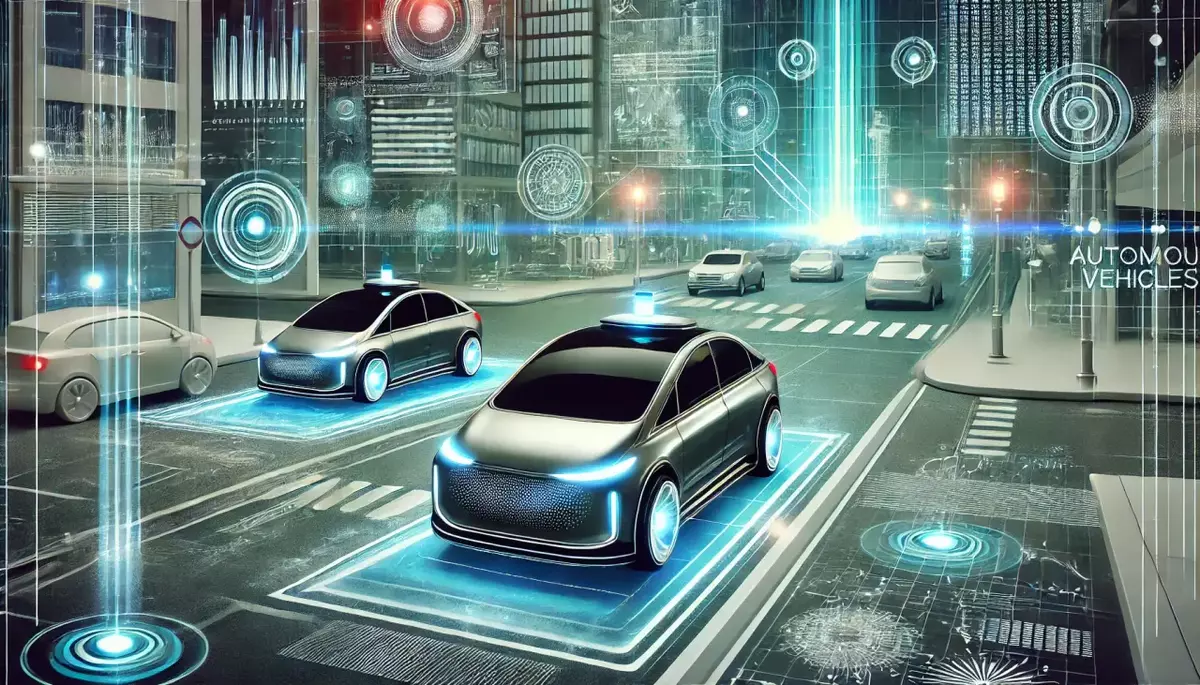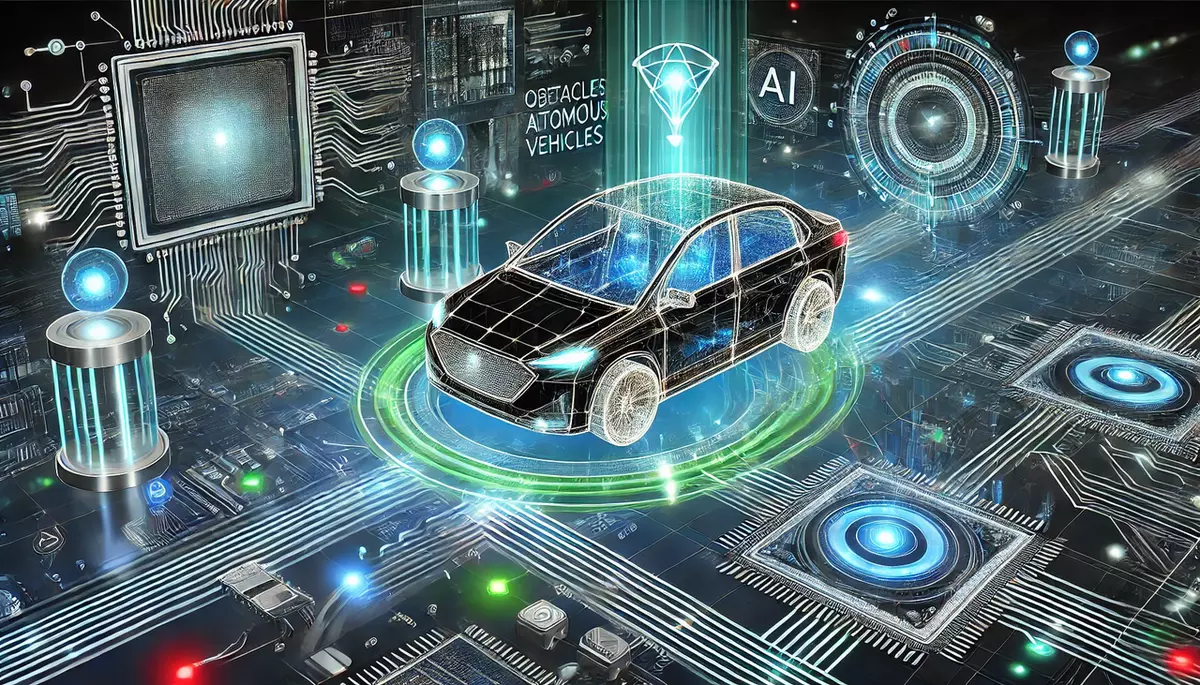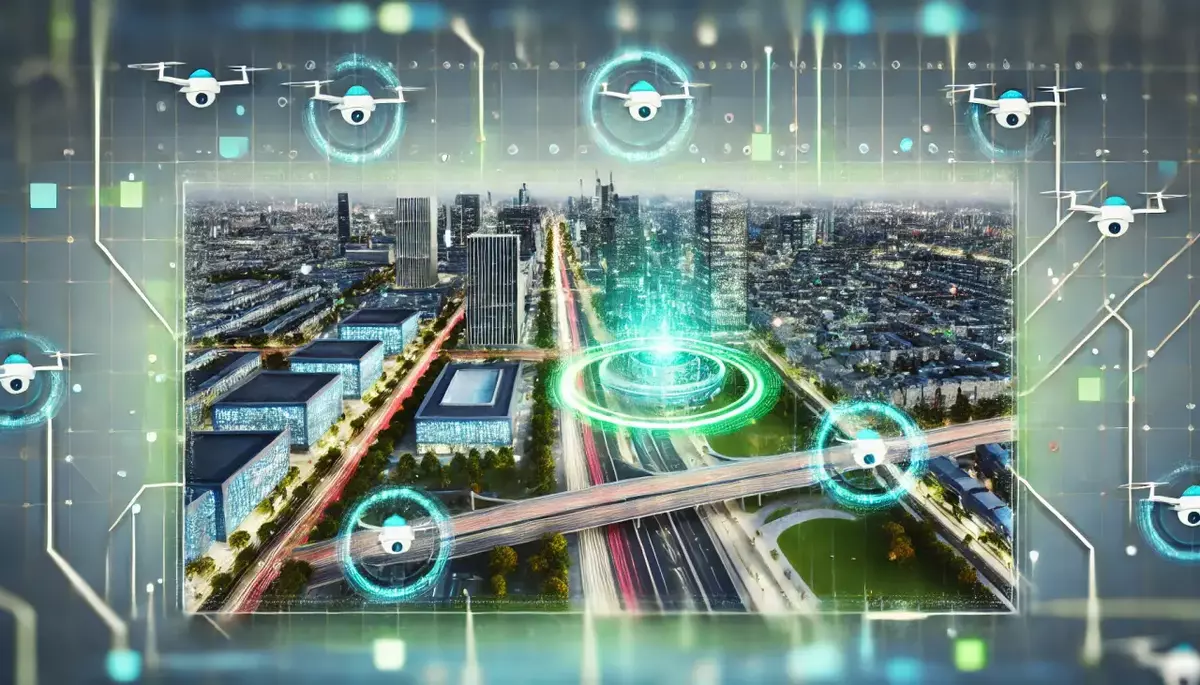Introduction
Autonomous vehicles, also known as self-driving cars, are a transformative technology that has the potential to revolutionize transportation. These vehicles are equipped with advanced sensors, software, and artificial intelligence (AI) systems that allow them to navigate roads, avoid obstacles, and transport passengers or goods without the need for human intervention.
What are Autonomous Vehicles?
Autonomous vehicles are cars, trucks, or other transportation modes that can operate and make decisions independently, without the direct control of a human driver. These vehicles use a combination of sensors, such as cameras, radar, and lidar, to perceive their surroundings, and sophisticated algorithms to interpret the data and make real-time decisions about steering, acceleration, and braking.
Key Features of Autonomous Vehicles:
- Self-Driving Capabilities: Autonomous vehicles can navigate roads, follow traffic rules, and respond to changing conditions without human input.
- Sensor Integration: Advanced sensors, including cameras, radar, and lidar, provide a 360-degree view of the vehicle’s surroundings.
- Artificial Intelligence: Onboard AI systems analyze sensor data, make decisions, and control the vehicle’s movements.
- Connectivity: Autonomous vehicles can communicate with each other and with infrastructure, such as traffic signals, to improve safety and efficiency.
Levels of Autonomous Driving
The development of autonomous vehicles is often described in terms of five distinct levels, ranging from no automation to full self-driving capabilities:
Level 1 – Driver Assistance:
The vehicle has some automated features, such as adaptive cruise control or lane-keeping assistance, but the human driver remains in full control.
Level 2 – Partial Automation:
The vehicle can perform some driving tasks, such as steering and acceleration, but the human driver must remain alert and ready to take control at all times.
Level 3 – Conditional Automation:
The vehicle can handle most driving situations, but the human driver must be ready to take over when the system requests it or when the vehicle encounters a situation it cannot handle.
Level 4 – High Automation:
The vehicle can perform all driving tasks within a defined operational design domain, such as a specific geographic area or under certain weather conditions, without human intervention.
Level 5 – Full Automation:
The vehicle can perform all driving tasks under all conditions without any human input or supervision.
Benefits of Autonomous Vehicles
The widespread adoption of autonomous vehicles has the potential to bring about significant benefits, including:
Improved Safety:
Autonomous vehicles can react faster, have better situational awareness, and eliminate human errors, leading to a reduction in accidents and fatalities.
Increased Mobility:
Autonomous vehicles can provide transportation options for individuals who are unable to drive, such as the elderly or those with disabilities, improving their quality of life and independence.
Reduced Traffic Congestion:
Autonomous vehicles can communicate with each other and with infrastructure to optimize traffic flow, reducing congestion and improving overall transportation efficiency.
Environmental Benefits:
Autonomous vehicles can be programmed to drive more efficiently, reducing fuel consumption and emissions, contributing to a more sustainable transportation system.
Challenges and Considerations
Despite the many benefits, the development and deployment of autonomous vehicles also face several challenges and considerations, including:
Technological Hurdles:
Ensuring the reliability, accuracy, and safety of the sensors, software, and AI systems used in autonomous vehicles is a significant technical challenge.
Regulatory and Legal Issues:
Governments and policymakers must develop appropriate regulations and legal frameworks to address liability, insurance, and other concerns related to autonomous vehicles.
Public Acceptance and Trust:
Gaining public trust and acceptance of autonomous vehicles is crucial for their widespread adoption, as concerns about safety, privacy, and job displacement must be addressed.
Ethical Considerations:
Autonomous vehicles may face ethical dilemmas, such as how to prioritize the safety of passengers, pedestrians, and other road users in the event of an unavoidable accident.
The Future of Autonomous Vehicles
The development of autonomous vehicles is an ongoing and rapidly evolving field, with significant advancements expected in the coming years. Key future trends and developments include:
Increased Automation and Connectivity:
Autonomous vehicles will continue to become more sophisticated, with higher levels of automation and the ability to communicate with each other and with infrastructure, leading to greater safety and efficiency.
Shared Mobility and Ride-Sharing:
Autonomous vehicles are expected to play a significant role in the growth of shared mobility services, such as self-driving taxis and ride-sharing, transforming the way people access transportation.
Integration with Smart Cities:
Autonomous vehicles will be integrated into the broader ecosystem of smart cities, where they can communicate with traffic signals, parking systems, and other infrastructure to optimize transportation and reduce congestion.
Advancements in Sensor and AI Technologies:
Continued improvements in sensor technologies, such as lidar and radar, as well as advancements in artificial intelligence and machine learning, will enhance the capabilities and reliability of autonomous vehicles.
Conclusion
Autonomous vehicles represent a transformative technology that has the potential to revolutionize transportation and bring about significant societal benefits. As the development and deployment of these vehicles continue to progress, it is essential to address the various challenges and considerations to ensure a safe, efficient, and widely accepted autonomous transportation system.
This knowledge base article is provided by Fabled Sky Research, a company dedicated to exploring and disseminating information on cutting-edge technologies. For more information, please visit our website at https://fabledsky.com/.
References
- SAE International. (2021). Taxonomy and Definitions for Terms Related to Driving Automation Systems for On-Road Motor Vehicles. J3016_202104.
- National Highway Traffic Safety Administration. (2020). Automated Vehicles for Safety. https://www.nhtsa.gov/technology-innovation/automated-vehicles-safety
- Litman, T. (2021). Autonomous Vehicle Implementation Predictions: Implications for Transport Planning. Victoria Transport Policy Institute.
- Fagnant, D. J., & Kockelman, K. (2015). Preparing a nation for autonomous vehicles: opportunities, barriers and policy recommendations. Transportation Research Part A: Policy and Practice, 77, 167-181.
- Milakis, D., van Arem, B., & van Wee, B. (2017). Policy and society related implications of automated driving: A review of literature and directions for future research. Journal of Intelligent Transportation Systems, 21(4), 324-348.


























